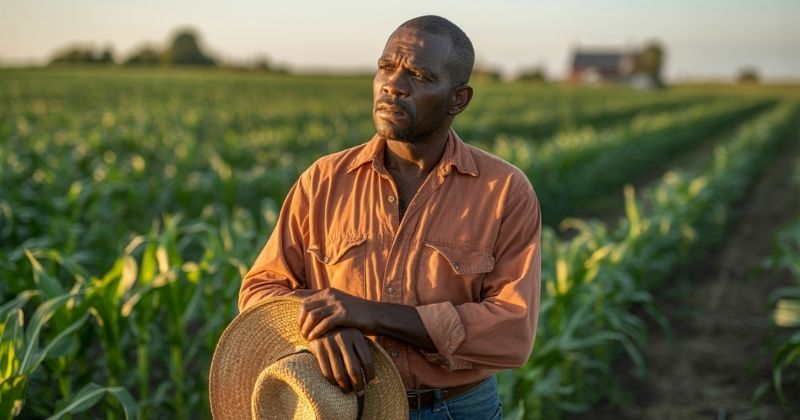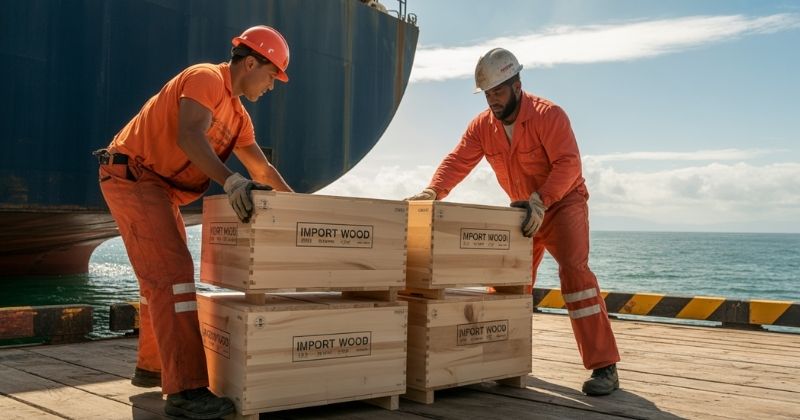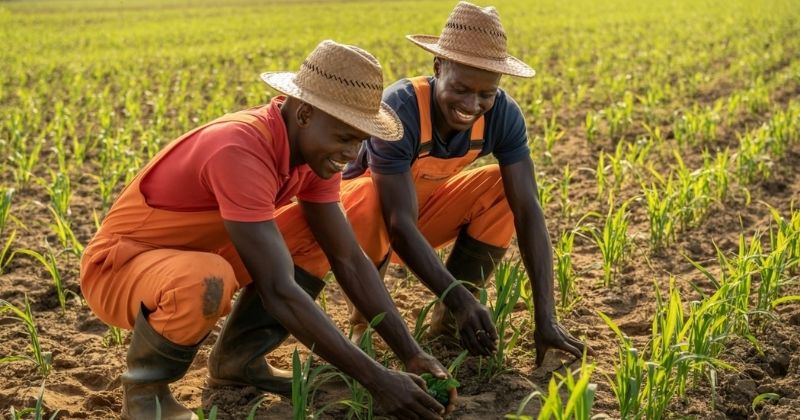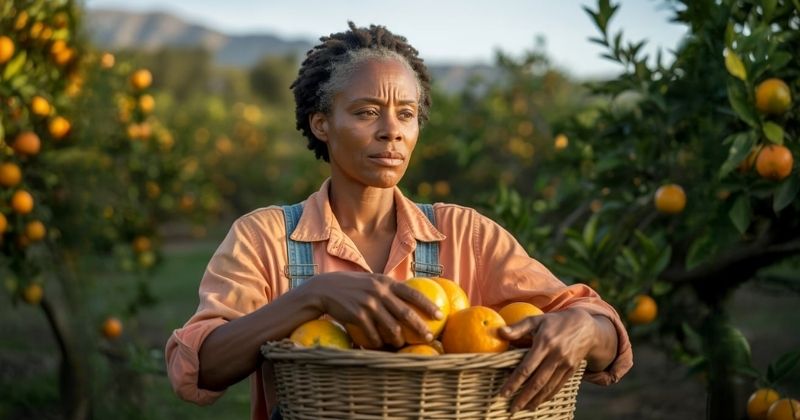
South Africa is actively pursuing opportunities to open up fresh markets across Asia and other global regions for its agricultural produce, which has recently been subjected to punitive import tariffs by the United States. The government’s approach is aimed at reducing the reliance on traditional trading partners that have imposed restrictive measures, and at ensuring that local farmers continue to have access to profitable export destinations despite the current trade challenges.
Key Takeaways
- South Africa Targets New Export Markets: The government is expanding trade opportunities in Asia, the Middle East, and other regions to counter the impact of steep US tariffs, with China identified as a key growth partner for duty-free fruit exports.
- US Tariffs Challenge Competitiveness: Since 7 August, a 30 percent duty on products such as citrus, nuts, grapes, and wine has placed South Africa at a disadvantage in the US market, although the weaker rand offers some exporters a temporary pricing edge.
- Citrus Dispute with EU Remains Costly: Ongoing phytosanitary restrictions in Europe cost the citrus sector an estimated R3.7 billion annually, with the government aiming to resolve the black spot issue to regain stronger access to lucrative EU markets.
About Arcadia Finance
Apply for a loan with ease through Arcadia Finance. Skip the application fees and access 19 reputable lenders, each meeting South Africa’s National Credit Regulator standards. Experience a fast, reliable service designed around your financial goals.
Focus on Expanding Trade with China
One of the central priorities is to increase the volume of exports to China, a country where South Africa has successfully secured duty-free access for five specific types of fruit. Agriculture Minister John Steenhuisen confirmed the agreement but did not provide details regarding the exact fruit varieties included in this arrangement. Industry insiders suggest that citrus, table grapes, apples, pears, and plums could be among the products benefiting from this agreement, given China’s growing middle class and appetite for imported fresh produce. This step is viewed as an important move in strengthening agricultural ties with China, which is already a significant consumer of South African produce and offers substantial growth potential for the sector.

Targeting Multiple International Markets
Beyond China, the South African government has identified several other countries as priority targets for expanded agricultural trade. These include Russia, South Korea, the Philippines, and Japan, as well as a number of nations in the Middle East. Officials believe that by diversifying export markets, the country can reduce the economic risks associated with reliance on a limited number of trading partners. Analysts note that competition in these markets is fierce, with other major exporters such as Spain, Chile, and Australia also vying for market share, which means South Africa will need to position itself strategically on quality, consistency, and competitive pricing. The strategy also aims to ensure that South African farmers are better protected from sudden policy shifts or trade restrictions imposed by any single country.
A Willingness to Trade Globally
Minister Steenhuisen has expressed a strong willingness to sell South African agricultural products to any global buyer with genuine interest. He emphasised that the government’s responsibility is to find customers wherever they may be located and to actively work on establishing the necessary trade protocols that allow goods to flow across borders. This includes negotiating phytosanitary agreements, streamlining customs procedures, and working closely with industry bodies to meet the technical requirements of new markets. This proactive approach is designed to ensure that farmers can maintain stable revenues despite disruptions in existing export channels.
High US Tariffs on South African Produce
Since 7 August, many South African agricultural exports to the United States, such as citrus fruits, nuts, grapes, and wine, have been subjected to duties of around 30 percent. These tariffs are currently the highest imposed on goods from any sub-Saharan African country. The measures form part of United States President Donald Trump’s broader trade policy, which seeks to alter the terms of America’s relationships with various international trading partners. Trade economists warn that these duties could make South African produce significantly less competitive in the US, potentially leading to lost contracts and a redirection of shipments to less profitable markets.

Impact on Producers and Exchange Rate Advantage
According to Minister Steenhuisen, certain South African producers are in a position to withstand the financial impact of these steep tariffs. He noted that some exporters believe they can still remain competitive in the US market even with a 30 percent duty, partly because the weaker rand compared to the US dollar provides a degree of pricing advantage. This currency benefit, however, is volatile and could quickly erode if the rand strengthens or if global freight costs continue to rise, as seen over the past year. This currency effect can offset some of the additional costs imposed by the tariffs, enabling these producers to maintain a foothold in the market.
Avocado Producers Confident in Competitiveness
As an example, South African avocado growers have indicated that they are comfortable competing in the US market under the current tariff conditions, provided that the market remains accessible. Their willingness to operate within this cost structure reflects both the perceived profitability of the US market and the high demand for avocados among American consumers.
Industry data shows that the US imports more than 1.1 million tonnes of avocados annually, with demand outpacing domestic supply, creating an opportunity for competitive exporters like South Africa.
Ongoing Citrus Dispute with the European Union
The Minister is also working to resolve a long-standing dispute between South Africa’s citrus industry and the European Union regarding phytosanitary or health-related import protocols. The current regulations have been a significant point of contention, with the citrus sector arguing that the restrictions are unnecessarily stringent and costly. The dispute centres on the EU’s black spot disease requirements, which South African producers say are based on flawed scientific assessments and unfairly target their industry. Steenhuisen hopes to secure a bilateral agreement that could allow these regulations to be bypassed or modified in a way that is more favourable to South African exporters.

Financial Impact of EU Restrictions on Citrus
The citrus industry has previously stated that these EU-imposed measures cost the sector approximately R3.7 billion each season. This figure reflects the lost revenue opportunities and the increased compliance costs associated with meeting the health requirements currently in place. These losses also have a knock-on effect on employment, with fewer seasonal workers being hired during peak harvest periods when export volumes are reduced. Resolving the dispute could lead to a substantial improvement in profitability for local citrus growers.
Addressing the Black Spot Issue in Europe
Steenhuisen has identified the resolution of the so-called “black spot” issue in Europe as one of the most immediate and achievable goals. He believes that once this matter is resolved, a significant volume of South African citrus could be redirected to European markets, thereby reducing dependence on markets where tariffs or trade restrictions are currently in effect. Industry leaders believe that regaining stronger access to the EU could also improve South Africa’s bargaining position in other markets, as the EU is regarded as a benchmark destination for premium fruit exports.
Conclusion
South Africa’s agricultural sector is facing significant headwinds due to heightened US tariffs and persistent trade disputes with the European Union, prompting the government to accelerate efforts to diversify export destinations. By targeting high-potential markets such as China, Russia, and Japan, and by working to resolve regulatory barriers in Europe, officials aim to secure more stable trade routes for farmers. While some producers remain competitive thanks to currency advantages and strong global demand for certain products, long-term sustainability will depend on successfully navigating these complex trade challenges.
Fast, uncomplicated, and trustworthy loan comparisons
At Arcadia Finance, you can compare loan offers from multiple lenders with no obligation and free of charge. Get a clear overview of your options and choose the best deal for you.
Fill out our form today to easily compare interest rates from 19 banks and find the right loan for you.


